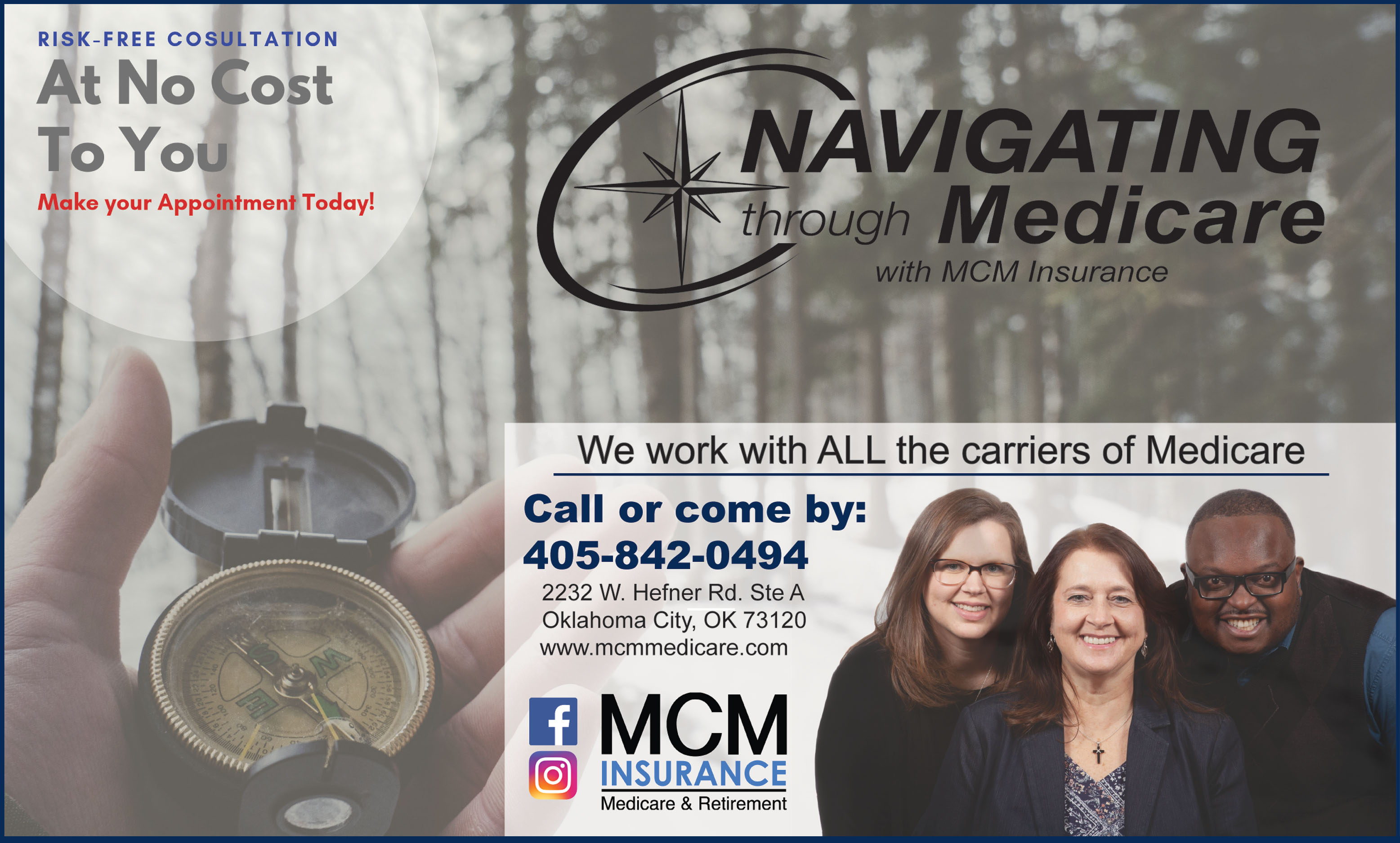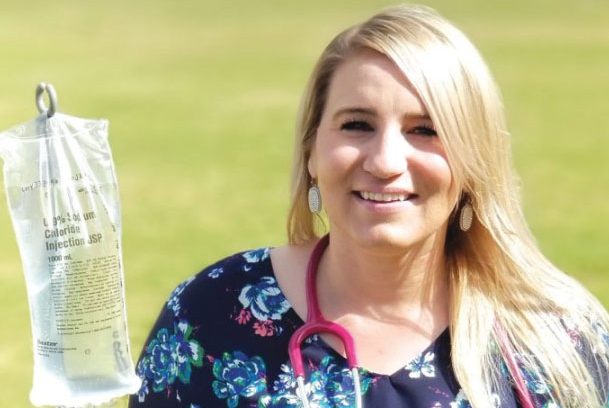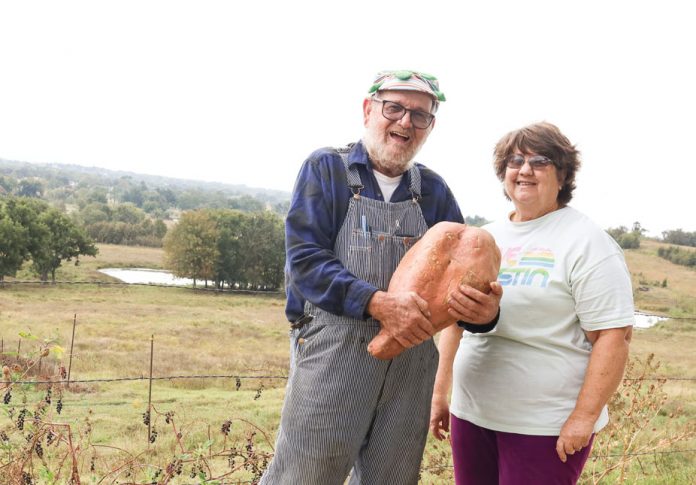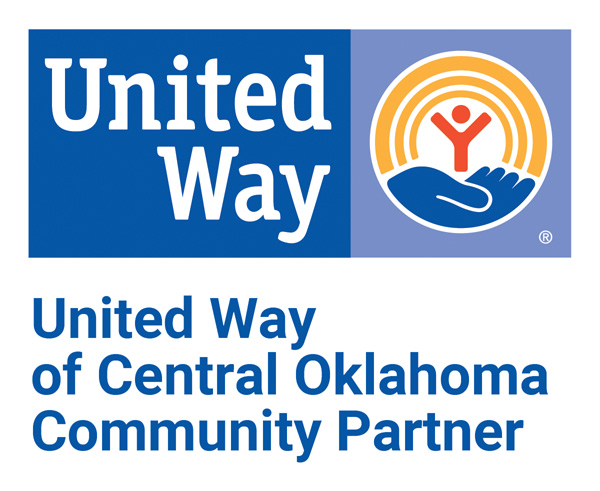by Greg Schwem
I’m normally a big fan of people who challenge large corporations or establishments over what they see as violations of their personal rights. Many of those people have appeared in this column and I have delighted in their stories that end with them, to use an impolite term, “sticking it to the man.”
Which brings us to the case of Nick and Claudia Simonis.
As widely reported by various news organizations, the San Antonio couple recently received a warning from their homeowner’s association after placing Christmas decorations in their front yard on Nov. 1. The association insisted that was too early and the couple should Santa-ize their home, according to the letter, “closer to the holiday season” without specifically defining what that day was.
To which I reply, I wholeheartedly agree with the homeowner’s association.
I’m sorry Simonis family, but I can’t help you on this one. Had you just installed flickering lights on your bushes and your home’s exterior, you and the association probably could have peacefully co-existed. But it was the large, inflatable snowman in your front yard that drew the association’s ire. That’s kind of hard to miss if you’re a rules enforcer. You may as well just speed past a stopped school bus driven by an off-duty police officer.
The Simonises had a plausible explanation for their decorative hastiness; Claudia is expecting a baby on Christmas Day. Should that due date come early, tasks like home decoration would certainly take a back seat to other priorities. Sleep, for example.
Every year my wife and I rehash the “when should we decorate?” discussion. I insist that no decorating should occur pre-Thanksgiving. My wife insists I should watch not the calendar, but the weather forecast, taking advantage of whatever warm day Mother Nature throws Chicago’s way. Considering my hometown has already been the victim of snowfall, an ice storm and single digit wind chills, I may have missed that opportunity.
But temperatures are forecast for the mid-50s on Thursday, a week before Thanksgiving. Do I break my rule for the privilege of decorating my house wearing just a light jacket? I recently returned from a business trip to find some of my neighbors were better weather prognosticators than I, as they had stealthily decorated prior to the cold snap. I hate them all equally.
What the Simonises failed to realize is that there is a difference between putting up decorations and actually turning them on. An inflatable snowman could easily be deflated, correct? Why not just leave Frosty in a melted state on your front lawn and then, whenever your association deems to be the appropriate time, flip a switch and watch it roar to life?
Heck, I have a neighbor who does this on a daily basis with an inflatable Santa and his reindeer. True, during the day, it looks like Blitzen and company had a horrific encounter with an 18-wheeler, but the savings in electricity far outweighs any trauma suffered by neighborhood children.
My wife and I once discussed installing lights on a giant spruce in our back yard and leaving the strands on the branches year-round. Every Thanksgiving night we would plug in an extension cord and, Merry Christmas! How easy would that be?
Plenty easy, and also plenty fatal to our tree, according to our landscaper, once we ran the idea past him.
Each year I vow to tone down the decorating at my house, as my fear of ladders, along with my aching back, intensifies. And yet, with every strand of lights I string on the outdoor trees, I find myself saying, “As long as I’m out here, I can do one more.”
So Simonises, I agree that a festively decorated house is a great way to embrace the holiday spirit. But for now, channel your energies towards that new baby. You’re responsible for teaching it everything.
Including the art of compromise with a Scrooge-like homeowner’s association.
Greg Schwem is a corporate stand-up comedian and author of two books: “Text Me If You’re Breathing: Observations, Frustrations and Life Lessons From a Low-Tech Dad” and the recently released “The Road To Success Goes Through the Salad Bar: A Pile of BS From a Corporate Comedian,” available at Amazon.com. Visit Greg on the web at www.gregschwem.com.)




















![[DLC]Color Logoweb](https://okveterannews.com/wp-content/uploads/2019/12/DLCColor-Logoweb.jpg)

